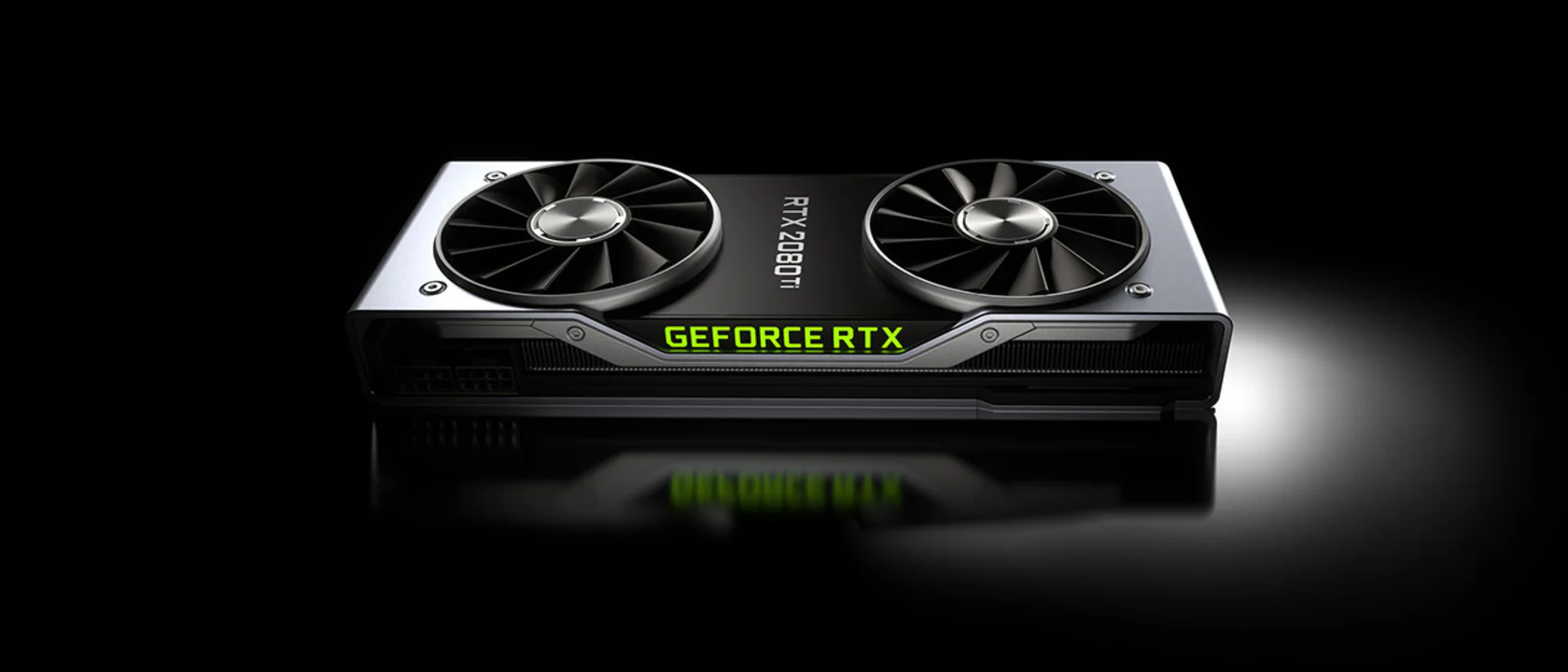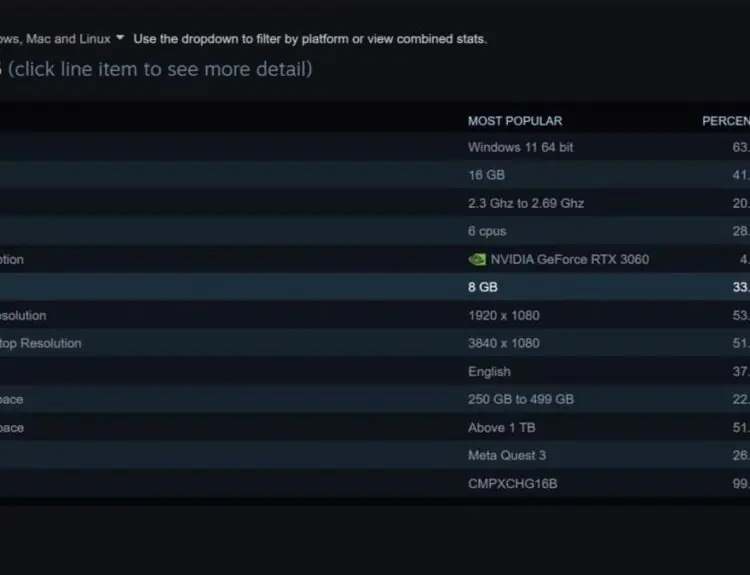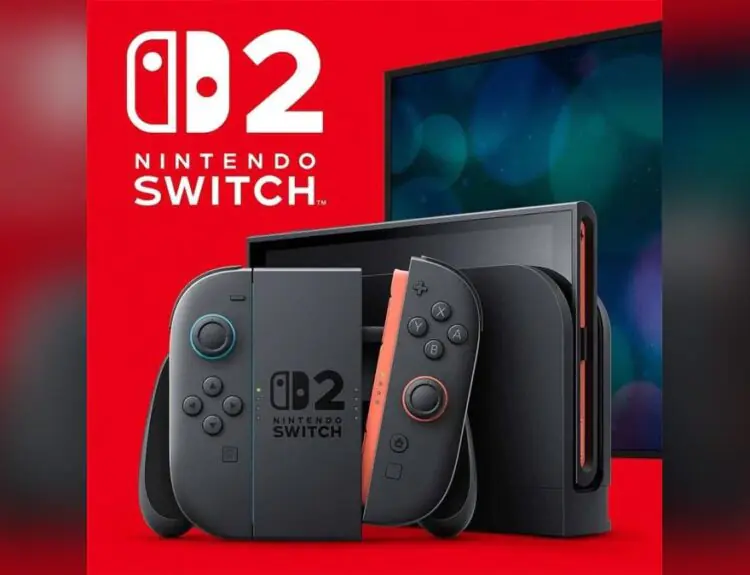More people can now get a chance to test illumination in their favorite games as Nvidia released its latest drivers.
The new DirectX Raytracing driver expands the compatibility to enable ray tracing in older Nvidia cards.
Nvidia’s update now allows owners of GeForce GTX graphics card in their laptops or desktops to experience raytracing. The revised driver updates version 419.67 to 425.31.
Raytracing effects allow a more realistic look on graphics by rendering shadows and light. Players can implement ray tracing in games in several ways such as in ambient occlusion, caustics, reflections, and shadows.
It can also be implemented in global illumination and path tracing. Each type will have its own performance requirements. Ray tracing is actually touted as the biggest development in computer graphics in terms of enhancing immersion and image quality.
Nvidia has currently listed seven games, benchmarks, and demos that have DXR support.
Some of it is the Battlefield V, Shadow of the Tomb Raider, and Metro Exodus. Players of these games can get better shadows, clearer reflections, and even ambient occlusion in the Metro.
Chinese MMO, Justice, also uses ray tracing to enhance its caustics, shadows, and reflections. Nvidia also had a demo for Star Wars Reflections where its shadows, ambient occlusion, and reflections used ray tracing.
The 3DMark Port Royal also uses DirectX Raytracing to improve visual effects. The Atomic Heart also supports the DXR for shadows and reflections.
However, there were reports that users should not expect good performance for lesser GPUs. The GTX cards fared slower with ray tracing.
For instance, a report on PC Gamer shared that ray tracing on GTX 1080 Ti is still manageable. Lower GPUs, it said, like the GTX 1060 and GTX card at 4k or 1440p apparently lacks the power.
So the quality of performance would depend on what game the player is using and how it uses ray tracing.
Some testers also found out that even if a card has a higher computational power than the other, results vary. For instance, a GTX 1070 card has higher computational power than a GTX 1660.
But during tests, the latter ended up faster with ray tracing. This is probably related to the Turing architecture cards being able to manage floating point calculations and integers simultaneously.
Meanwhile, cards featuring earlier architectures utilize the same CUDA cores for the INT and FP32.
The main point, however, is that DXR-enabled hardware has increased. Some believe that having most GTX cards show poor performance in using ray tracing is not a totally bad thing. It’s actually seen as a chance to have more research on how to develop DXR effects in the future.







